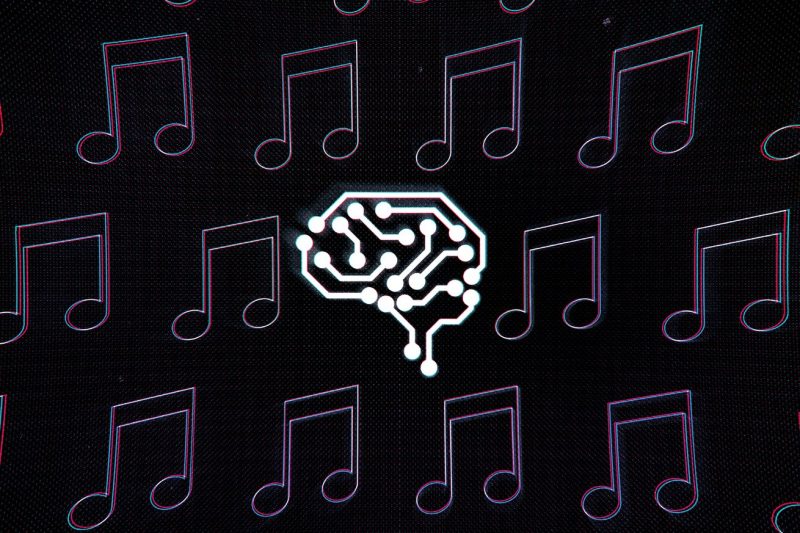AI-Generated Songs: Length vs Quality
Analyzing the evolving landscape of AI-generated music reveals an interesting trend – songs produced by artificial intelligence are increasingly becoming longer. Despite this shift towards lengthier tracks, there is no guarantee of an improvement in overall quality. This intriguing development poses important questions about the impact of duration on the enjoyment and appreciation of AI-generated music.
The phenomenon of AI-generated songs gaining in length is a reflection of the advancements in machine learning algorithms and software capabilities. With access to vast amounts of data and enhanced processing power, AI systems are now capable of creating extended musical compositions that rival the duration of traditional human-made songs. While this expansion in length demonstrates the technical prowess of AI, it also raises concerns about whether longer durations necessarily translate to better music.
One aspect to consider is the relationship between song duration and listener engagement. Longer tracks may offer more variation and complexity, potentially leading to a richer listening experience. However, excessive length can also result in listener fatigue or loss of interest, particularly if the composition lacks coherence or fails to maintain a compelling narrative throughout its extended runtime. Thus, the challenge for AI-generated music lies in striking a balance between length and quality, ensuring that longer songs remain engaging and coherent from start to finish.
Moreover, the concept of song length can affect the perception of AI-generated music within the broader music industry. Traditional song structures often adhere to established norms in terms of duration, with popular tracks typically falling within a certain time range. As AI-generated songs become longer, they may challenge these conventions and push the boundaries of what is considered a standard song length. This shift could potentially impact how AI-generated music is received by audiences and critics, with longer tracks being scrutinized for their ability to maintain interest and coherence over extended periods.
Another critical factor to consider is the role of human intervention in the creation of AI-generated music. While AI systems are capable of generating music independently, human input and oversight remain essential in guiding the creative process and ensuring the quality of the final output. By curating and refining the output of AI algorithms, human collaborators can help shape the length and content of AI-generated songs, balancing technical prowess with artistic sensibility to create music that resonates with listeners.
In conclusion, the trend towards longer AI-generated songs presents both opportunities and challenges for the music industry. While extended durations showcase the advancements in AI technology and the potential for more complex musical compositions, there is no guarantee that longer tracks will always translate to better quality music. Striking a balance between length and quality, engaging listeners throughout extended durations, and incorporating human creativity into the music-making process are crucial elements in maximizing the potential of AI-generated music. As the landscape of AI-generated music continues to evolve, it will be fascinating to see how artists, listeners, and industry professionals navigate the intersection of length and quality in this new era of musical creation.

